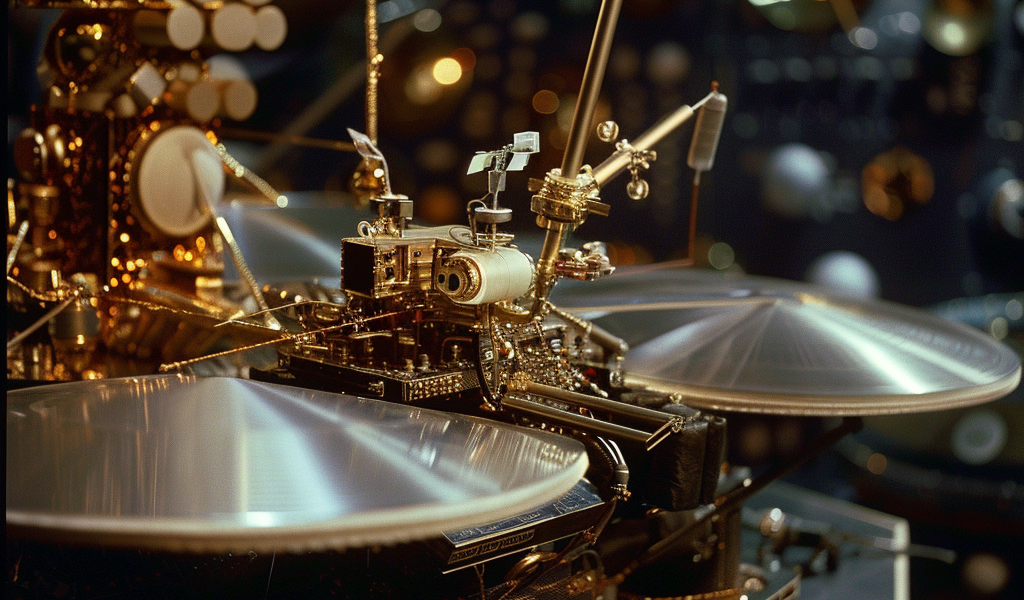NASA engineers have discovered the cause of a communications breakdown between Earth and the interstellar explorer Voyager 1. It would appear that a small portion of corrupted memory exists in one of the spacecraft’s computers. The glitch caused Voyager 1 to send unreadable data back to Earth, and is found in the NASA spacecraft’s flight data subsystem (FDS). That’s the system responsible for packaging the probe’s science and engineering data before the telemetry modulation unit (TMU) and radio transmitter send it back to mission control.
The source of the issue began to reveal itself when Voyager 1 operators sent the spacecraft a ‘poke’ on March 3, 2024. This was intended to prompt FDS to send a full memory readout back to Earth. The readout confirmed to the NASA team that about 3% of the FDS memory had been corrupted, and that this was preventing the computer from carrying out its normal operations.
Launched in 1977, Voyager 1 became the first human-made object to leave the solar system and enter interstellar space in 2012. Voyager 2 followed its spacecraft sibling out of the solar system in 2018, and is still operational and communicating well with Earth. After 11 years of interstellar exploration, in Nov. 2023, Voyager 1’s binary code — the computer language it uses to communicate with Earth — stopped making sense. Its 0’s and 1’s didn’t mean anything anymore.
‘Effectively, the call between the spacecraft and the Earth was still connected, but Voyager’s ‘voice’ was replaced with a monotonous dial tone,’ Voyager 1’s engineering team previously told Space.com.
The team strongly suspects that the corrupted memory is the cause of the communication breakdown and is working on a fix to restore Voyager 1’s ability to send meaningful data back to Earth.





